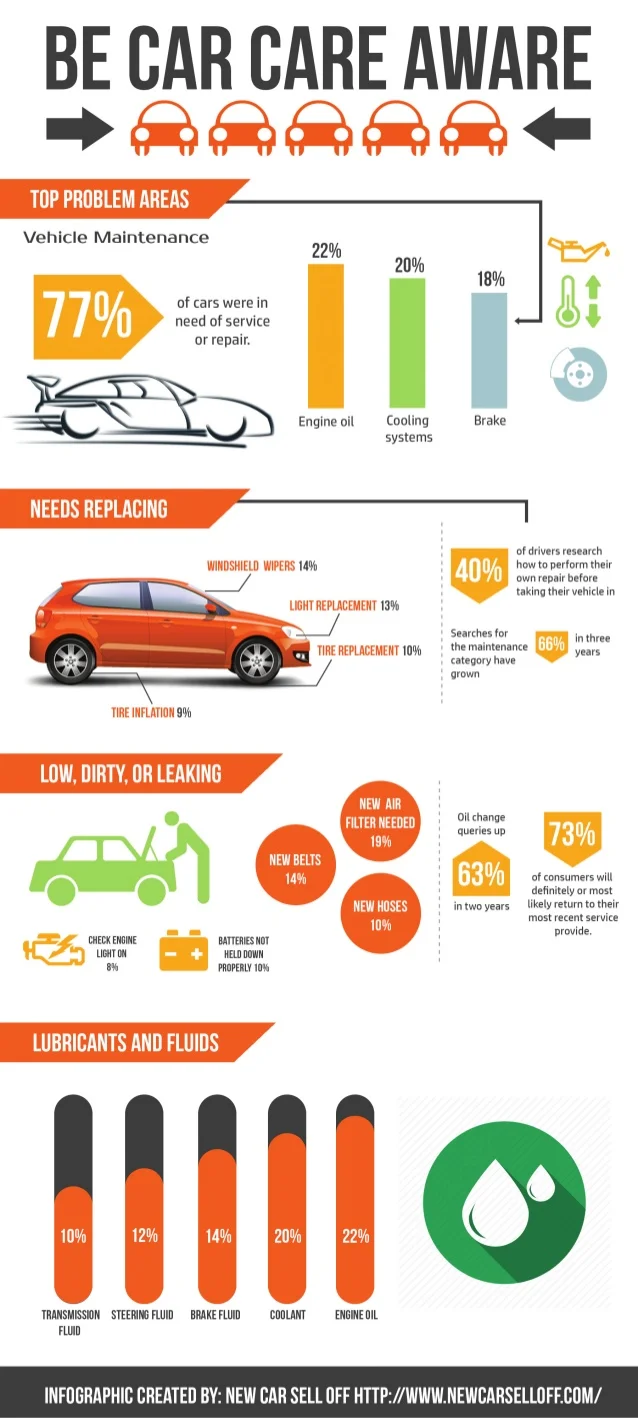Translating The True Relevance Of Caution Lights In Your Automobile
Translating The True Relevance Of Caution Lights In Your Automobile
Blog Article
Web Content Written By-Hernandez Dreier
When you're behind the wheel, those beautiful caution lights on your control panel can be a little bit complicated. Do you know what they're attempting to inform you about your cars and truck's health and wellness? Recognizing the relevance of these lights is important for your safety and security and the durability of your automobile. So, auto mechanic salary among those lights turns up, would not you wish to analyze its message precisely and take the needed actions to resolve it?
Common Caution Lighting and Interpretations
Determine usual warning lights in your automobile and comprehend their significances to make certain secure driving.
One of the most normal warning lights consist of the check engine light, which signals problems with the engine or exhausts system. If this light begins, it's important to have your vehicle checked without delay.
The oil pressure alerting light suggests reduced oil pressure, requiring prompt focus to prevent engine damage.
A blinking battery light could suggest a faulty billing system, potentially leaving you stranded if not resolved.
The tire stress surveillance system (TPMS) light informs you to reduced tire pressure, influencing automobile stability and gas performance. Ignoring this can result in dangerous driving problems.
The ABS light suggests a trouble with the anti-lock braking system, compromising your capability to stop quickly in emergency situations.
Finally, the coolant temperature level warning light warns of engine overheating, which can result in severe damages if not resolved promptly.
Understanding these common warning lights will certainly assist you attend to concerns without delay and keep safe driving problems.
Significance of Prompt Attention
Comprehending the common warning lights in your automobile is only the first step; the relevance of promptly dealing with these warnings can't be stressed sufficient to ensure your security when traveling.
When a caution light illuminates on your dashboard, it's your auto's method of communicating a prospective concern that requires attention. Disregarding https://www.kbb.com/car-advice/lease-car-return-tips/ can lead to a lot more serious issues later on, endangering your safety and potentially costing you a lot more in repairs.
Trigger attention to warning lights can protect against failures and crashes. As an example, a flashing check engine light can show a misfire that, if left unattended, can create damage to the catalytic converter. Resolving this without delay can save you from a costly repair.
Likewise, a brake system warning light could indicate reduced brake fluid or worn brake pads, essential elements for your security when driving.
Do It Yourself Troubleshooting Tips
If you discover a warning light on your control panel, there are a couple of do it yourself repairing ideas you can try before seeking specialist assistance.
The primary step is to consult your cars and truck's manual to comprehend what the certain caution light suggests. In some cases the issue can be as straightforward as a loose gas cap setting off the check engine light. Tightening up the gas cap may resolve the trouble.
An additional usual problem is a reduced battery, which can activate numerous cautioning lights. Inspecting the battery connections for corrosion and guaranteeing they're protected might take care of the issue.
If a caution light lingers, you can try resetting it by separating the automobile's battery for a few minutes and afterwards reconnecting it. In addition, examining your automobile's liquid levels, such as oil, coolant, and brake liquid, can aid repair cautioning lights related to these systems.
Conclusion
Finally, understanding your cars and truck's warning lights is essential for keeping your automobile running smoothly and securely. By promptly dealing with these signals and recognizing what they mean, you can prevent costly fixings and prospective break downs.
Bear in mind to consult your car's guidebook for certain details on each alerting light and act accordingly to make sure a trouble-free driving experience.
Remain informed, stay safe on the road!
